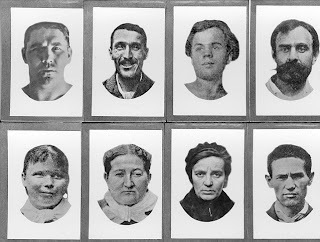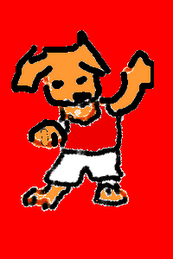-1----------------------------------------------------------------------------TITLE THIS SECTION
oosuboo
NNNNNNNNNNNNNNNEXT ALIGN LEFT normal alfa betta delta....alfa betta delta....alfa betta delta....alfa betta delta....normal alfa betta delta....alfa betta delta....alfa betta delta....alfa betta delta....normal alfa betta delta....alfa betta delta....alfa betta delta....alfa betta delta....normal alfa betta delta....alfa betta delta....alfa betta delta....alfa betta delta....normal alfa betta delta....alfa betta delta....alfa betta delta....alfa betta delta....
nlfa betta delta....alfa betta delta....alfa betta delta....alfa betta delta....normal alfa betta delta....alfa betta delta....alfa betta delta....alfa betta delta....normal alfa betta delta....alfa betta delta....alfa betta delta....alfa betta delta....normal alfa betta delta....alfa betta delta....alfa betta delta....alfa betta delta....normal alfa betta delta....alfa betta delta....alfa betta delta....alf
ormal alfa betta
delta....alfa betta
delta....alfa betta
delta....alfa betta
delta....----------------------
|
- >










